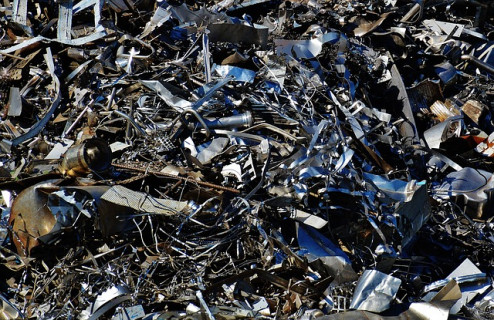Circular Economy is a buzzword. Many people use it whenever they feel like it. People claim to be working towards a totally circular economy, but do not really know what it means. Vague definitions need to become more specific. Do not get me wrong; it is a tough ambition to achieve.
Two weeks ago Jan Jonker and his fellow scientists connected to the Radboud University of Nijmegen, presented his research on the ‘circular status of the Netherlands’. You can see a preview of his book in the link of this post.
Circular Economy is a buzzword. Many people use it whenever they feel like it. People claim to be working towards a totally circular economy, but do not really know what it means. Vague definitions need to become more specific. Do not get me wrong; it is a tough ambition to achieve.
Two weeks ago Jan Jonker and his fellow scientists connected to the Radboud University of Nijmegen, presented his research on the ‘circular status of the Netherlands’. You can see a preview of his book in this link:
http://www.duurzame-producten-diensten.nl/wp-content/uploads/2017/05/Een-zwaluw-voorspelt-veel-goeds_Preview.pdf
We were there and would like to share our insights and the results of the research.
The starting point of the Circular Economy is the organization of chains of resources, materials, parts or products. Collaboration of different parties is always key. The goal of closing these chains is value creation.
Many companies are not there yet, and this research gives a couple of reasons:
- Closing chains it is a difficult organizational task for companies
- Companies struggle with designing a strategy to become circular
- Traditional revenue models and the traditional linear economy are strongly founded and therefore difficult to concur
- Value creation is often limited to recycling, energy efficiency and resource reduction
- Companies often look inside their organization to become more circular. Outside collaboration is not as common as it should be
- Circular Economy is buzzing, but it lacks of practical implementation. We know a lot about the subject in theory, but it unfortunately ends there
Companies that are seriously working on circular economy call the following three points that impede realization:
- Conflicting regulations
- Not every stakeholder in the value chain is ready for this change
- Lack of financial resources
But let’s not focus on the negative. What can we do to accelerate the Circular Economy? There is unfortunately not an easy, generic answer to this question.
What we do know is that it all starts with the acknowledgement of chain dependency, no matter what kind of industry you are in. Circular organizing is not a marketing tool; you cannot do it in a day and you really need to organize in a different manner. Some situations ask for a slightly different way of working, other situations require a totally new business model.
Accept the linear environment you are in, but think circular.
Have a clear business model. It can be out of the box, but it must be understandable.
I know it sounds like a difficult task, but there are some great examples of how it can work. Let’s take a look at Roof2Roof.
Roof2Roof organizes and facilitates the recycling of bitumen roofing material. Goal is to do this as sustainable as possible, from Roof to Roof or Roof to Asphalt. Their method is unique in the world – they use new technology and integrated chain collaboration. The recycled bitumen is used to replace fossil raw materials in the production of new roofing rolls and asphalt. The management of the total recycling process is done by Roof2Roof. This ensures the quality from roof inspection to the finished product. Roof2Roof has developed a professional platform and specialist network, consisting of roofing companies and slope contractors. An infrastructure has been set up for the collection and recycling of bitumen roof waste.
Recycling of bitumen roofs has been converted into action using a clear business model. As you can see, the Circular Economy can be implemented and is not impossible. It just takes some creative thinking and collaboration. Look around you. Who or what do you need to close your chain?
Do you want to know what kind of opportunities are out there for your organization? Please feel free to contact me!
http://www.duurzame-producten-diensten.nl/wp-content/uploads/2017/05/Een-zwaluw-voorspelt-veel-goeds_Preview.pdf





